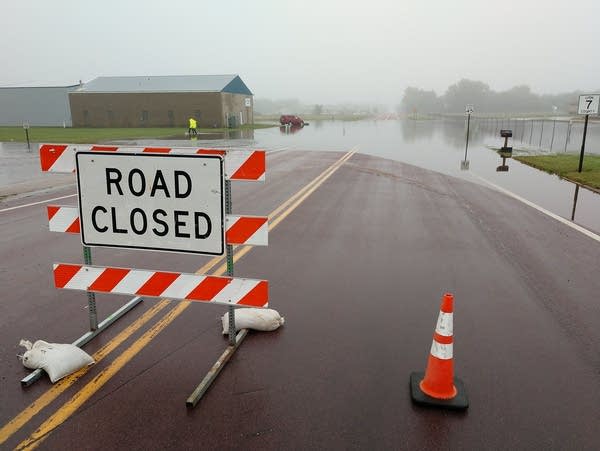Your social media could give scientists a more accurate picture of climate change

Go Deeper.
Create an account or log in to save stories.
Like this?
Thanks for liking this story! We have added it to a list of your favorite stories.
Climate change means more flooding, but the way we traditionally measure flooding isn't telling us how much more. There are just 132 tidal gauges along the East and Gulf coasts’ 3,700 miles.
So a new study in the journal Nature Communications turned to the millions of people along the coasts who are walking around with smartphones that can photograph and tweet about floods. It focused on “nuisance” floods that may not be reported but can disrupt daily life.
“Major, disastrous flooding events do generate a lot of attention. They are very consequential and they are costly. But climate change also presents us with these kind of chronic impacts that are also costly — particularly if they are affecting a large number of people and they're doing it very regularly,” said Frances Moore, a co-author on the study and University of California Davis environmental science professor.
“People are not able to get to school, not able to get to work. The driving conditions are dangerous. This type of study can start to get at some of those costs.”
It found that people on Twitter were reporting flooding at a lower tide level than a flood gauge would detect.
Moore spoke more about the promise and limitations of crowd-sourcing climate change data in this way. Click play on the audio player above to hear it.
Turn Up Your Support
MPR News helps you turn down the noise and build shared understanding. Turn up your support for this public resource and keep trusted journalism accessible to all.


